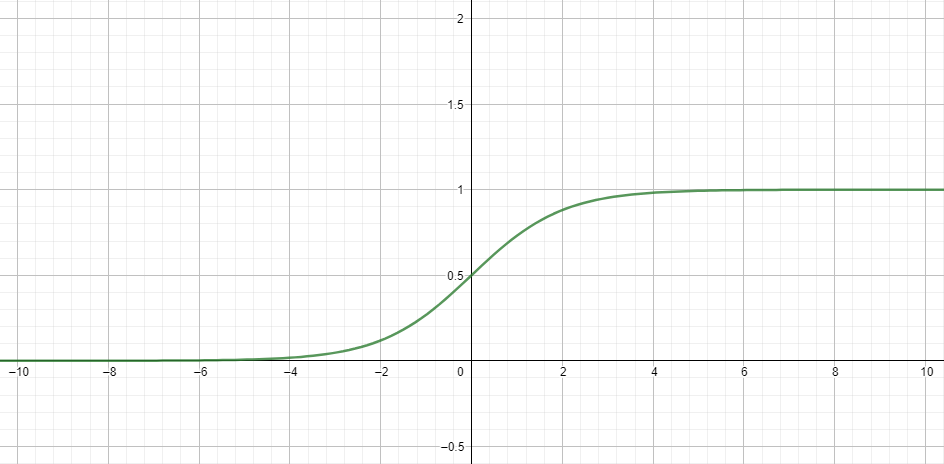I'm not sure if or how I would apply neural networks to make
selections with cards, which have a complex synergy. How could I
design and train a neural network for this game, such that it can take
into account all the variables? Is there a common approach?
Advice 0.
I would highly recommend to design it the way most neural networks are designed. The most common pattern is to have n layers, each one might have different size, one input layer, one output layer, a few hidden layers between them.
Advice 1.
Differentiate between neural network itself (brain), its environment (game conditions and rules), its sensors (inputs) and its "hands" (outputs). Why you might want to call it "hands"? If you simulate a player in a card game, you basically want him to use his hands to play. In other situations it might be legs, or wings, or even the gas pedal.
How to design the inputs:
Just create a neural network with a common pattern, figure out, what variables a real player would analyze before throwing a card, then try to translate those variables into signals. This step might actually be a bit tricky and it's also what actually happens in biological neural networks. The electrical signals in our brains are really weak, even though they might carry bits that make up big numbers.
What I mean by making weak signals out of numbers is dividing varying diapasons of numbers by their maximal values. For example, instead of putting in 5, which would represent a card with rank 6, divide 5 by 13 (or whatever value represents the highest rank). Basically if your diapason of input for one neuron is 0 to 13, divide it by 13 to get a value (or signal) in codomain [0; 1], which is a suitable input for the sigmoid function compared to the values in codomain [0; 13]. To visualize, take a look at the graph of the sigmoid function.

The difference between f(10) and f(8) is ~0.00029, whereas the difference between f(10/13) and f(8/13) is ~0.034, which obviously has much more impact on the output. So, make sure you translate all the values into the diapason where your function is most "sensitive", in this case in [-4; 4]
Advice 2.
Every time you need a decision from the AI, create a pool of possible decisions (e. g. pool of possible cards the player can throw right now) that you can index by an integer. Then you might want to multiply the output value in its codomain [0; 1] by the amount of possible decisions - 1 to be able to interpret it as index. Or you might have the amount of output neurons that corresponds to the maximal amount of possible moves and interpret the index of the neuron with the highest value as the index of the array with possible decisions.
How to train it:
If you create AI for a game, I would recommend to take a look at genetic algorithms. The basic idea is to create a population of players (hundreds or thousands) with randomly generated weights and biases in their NNs, restrict their possibilities by the rules of the game, and let them play. Then perform selection by their fitness function, which in this case might just be the score of each player, crossover and mutation of their genes (of single bits or even numbers) to create the next generation, and so on. Repeat this process until you come up with a satisfying solution. I recommend you genetic algorithms for this case, because it might be quite hard to find training data for traditional methods of training NNs. And if you're able to generate training data yourself, then you might also be able to program all the behaviour manually, in which case you don't even need NNs.
If you're interested in training NNs using genetic algorithms, you should read some external literature, since it's a pretty big topic. You can also check out my github repo, where I train AI to play snake using GAs.

